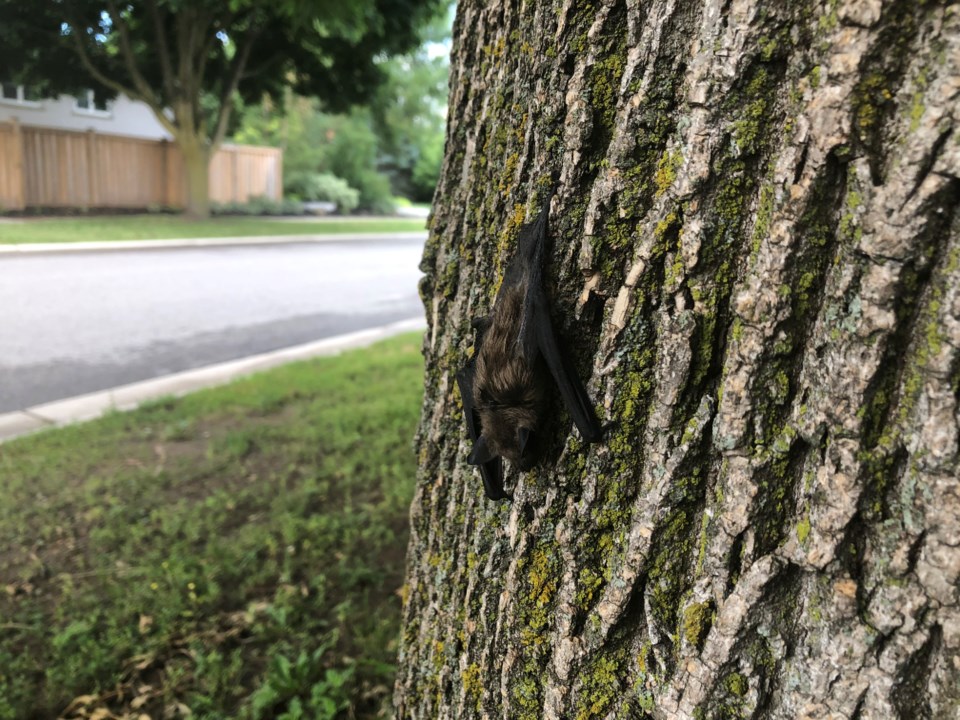Grey Bruce Public Health has confirmed a bat found in the Grey-Bruce region has tested positive for rabies.
It's the first animal rabies case in the region this year.
In light of the news, public health officials remind the public to remain vigilant about the risk of rabies.
Grey Bruce Public Health submitted a little brown bat for testing on July 24 as part of an investigation into a potential human exposure.
The health unit confirmed the person involved is receiving post-exposure treatment to prevent a rabies infection. There is no cure for rabies, and once an infection is established, it is typically fatal. Post-exposure treatment, a vaccine, is effective at preventing a rabies infection if administered before symptoms occur.
“While the risk of acquiring rabies locally remains very low, this case confirms the presence of the rabies virus in Grey-Bruce and highlights the importance of avoiding contact with wildlife and taking other steps to prevent animal bites and scratches,” said Andrew Barton, a senior public health manager and manager of GBPH’s Environmental Health program, in a news release.
Rabies is usually transmitted to humans through direct contact with saliva from an infected animal, such as through a bite or, less commonly, a scratch. Bats, skunks, foxes, and raccoons are the most common animals to have rabies in Ontario, states the news release from the health unit.
Human cases of rabies are very rare in Ontario, with the province’s last domestic case of human rabies occurring in 1967.
In 2023, there were 56 confirmed wildlife rabies cases in Ontario, with the vast majority involving bats.
It’s been 15 years since a non-flying animal has tested positive for rabies in Grey-Bruce.
Grey Bruce Public Health conducted 592 potential rabies exposure investigations in 2023. About two-thirds of the investigations followed a dog bite, while 130 were linked to a cat bite/scratch and 21 involved a human-wildlife interaction.
Public Health advises people to do the following to protect against rabies:
- Stay away from wild animals and always refrain from touching, petting, or handling wildlife or keeping wild animals as pets.
- Avoid feeding wild animals.
- Keep pets away from wild animals and do not let pets roam unsupervised.
- Kildlife-proof homes and yards.
- Do not disturb baby animals.
- Warn children to stay away from wild or stray animals.
- Do not trap and transport wild animals to a new location.
- Have your pets vaccinated for rabies; it is the law in Ontario that all cats, dogs, and ferrets over 3 months of age are vaccinated for rabies.
- Bat-proof your home or cottage by:
- Caulking holes in the exterior, even those as small as one-quarter to one-half inch in diameter.
- Tightening screens, capping your chimney, placing draft guards under doors leading to the attic and outside, and filling plumbing fixture holes with steel wool or caulk.
- Keeping doors tightly closed when going outside and coming back indoors.
Public health officials also advise people to take steps to prevent bites from unfamiliar dogs.
Call the Wildlife Health Information Line at 1-888-574-6656 for information about how to report a suspected rabid animal or visit the Ontario government’s Rabies Webpage.



